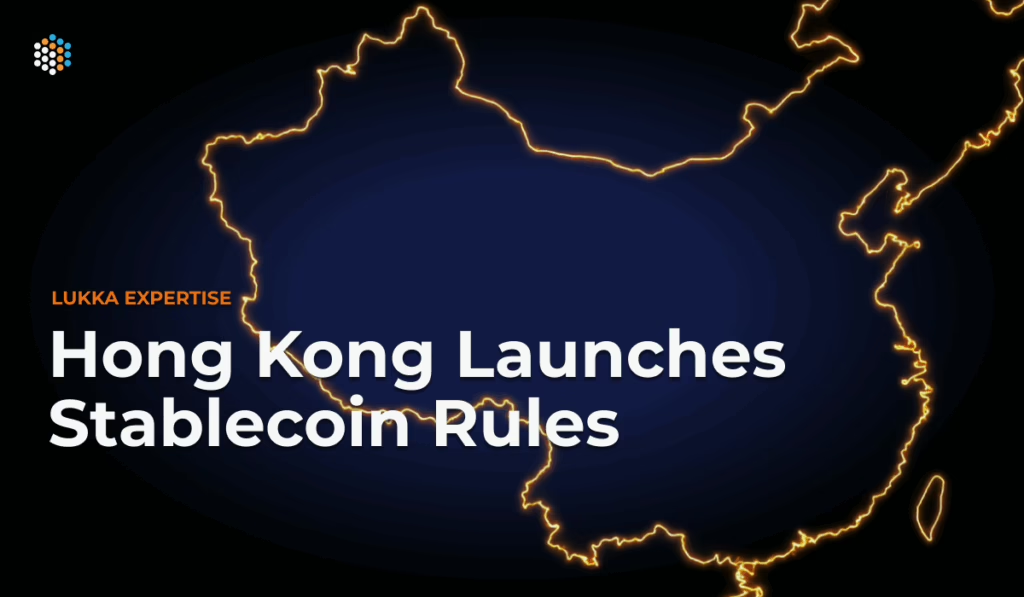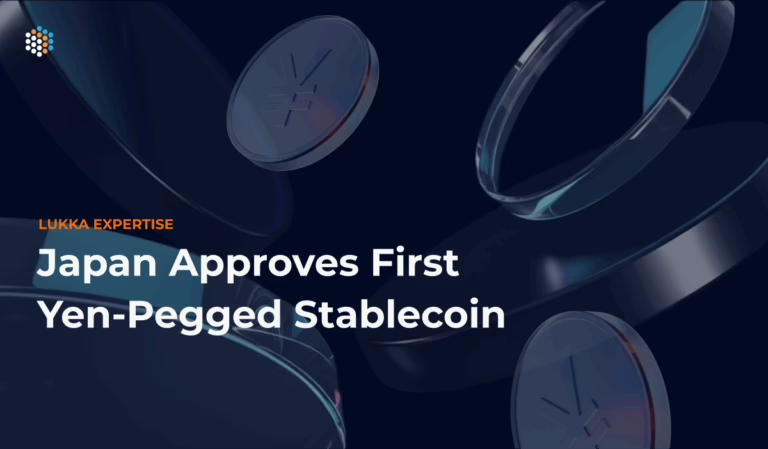What You Need to Know
- Stablecoin Regulation Began August 1st: Hong Kong introduced stablecoin rules on August 1, 2025, following an initial rollout phase. Issuers must now prepare to meet strict capital, governance, and compliance standards. The first licenses are expected in early 2026.
- Part of a Broader Shift: This was not an isolated move. It marked a critical step in Hong Kong’s broader strategy to position itself as a regulated global hub for digital assets, building on its existing VASP and AML frameworks.
- Compliance Became the New Advantage: From AML/KYC scoring to entity-level investigations, stablecoin issuers and platforms needed to demonstrate they could detect, assess, and respond to risks in real time.
- Lukka Helped You Get There: Lukka’s tools were built for this environment, supporting stablecoin operations with institutional-grade analytics, transaction monitoring, and due diligence.
- Global Implications: Hong Kong set a precedent that other jurisdictions across Asia, Europe, and the Middle East were closely monitoring.
Hong Kong Stepped Into the Future of Digital Asset Regulation
In a significant move to position itself as a global hub for digital assets, Hong Kong enacted a comprehensive regulatory framework in mid‑2023 targeting virtual asset trading platforms.
Under new rules, any centralized crypto platform operating in or targeting Hong Kong investors must obtain a license from the Securities and Futures Commission (SFC) and meet the requirements of the Anti‑Money Laundering and Counter‑Terrorist Financing Ordinance (AMLO) and the Securities and Futures Ordinance (SFO).
The SFC’s guidelines mandate rigorous customer onboarding, ongoing due‑diligence, robust suitability checks for retail clients, segregation of client assets, internal control standards, and compliance with global AML/CFT norms, sending a clear message that crypto trading now falls within Hong Kong’s regulated financial system.
Stablecoins in the Regulatory Spotlight: A Key Milestone on Aug. 1
On August 1, 2025, Hong Kong officially launched its stablecoin licensing framework. Issuers of fiat-referenced stablecoins that operate in or target Hong Kong must now begin the application process and prepare for compliance with new requirements. The first licenses are expected to be granted in early 2026.
Applicants will be subject to:
- Capital thresholds (minimum HKD 25 million)
- Full reserve backing
- Segregation of client assets
- Redemption guarantees
- Strict anti-money laundering and counter-financing of terrorism (AML/CFT) controls, including ongoing transaction monitoring and reporting
According to the HKMA, only a limited number of licenses will be issued initially. Applicants must also:
- Clarify use cases
- Explain how reserves will be managed
- Show real execution plans, especially for payment-oriented proposals
Hong Kong’s approach reflected broader global pressure, including from the Financial Stability Board (FSB) and the International Monetary Fund (IMF), for stronger oversight of stablecoins, aligned with standards applied to traditional financial systems.
The Importance
Whether you were a trading platform, institutional investor, token issuer, or compliance officer, this regulatory change introduced both new responsibilities and opportunities. It was no longer sufficient to have a basic AML policy in place. Regulators now expect transparent, risk-aware systems that can identify, monitor, and mitigate illicit activity in real time.
For organizations aiming to expand or retain operations in Asia-Pacific, these rules made compliance a strategic priority.
The Role of Lukka: Bridging Risk and Compliance in a Complex Crypto World
Lukka’s Blockchain Analytics platform was designed to meet the precise demands that regulators, such as Hong Kong’s SFC and HKMA formalized.
Here’s how Lukka supports your compliance needs:
- Comprehensive AML and Scoring API: Our system leverages over 380+ risk indicators to assess the financial crime exposure of blockchain addresses, tokens, entities, and liquidity pools. From sanctions and dark web links to transaction layering and anonymity enhancements, our models help you make informed, risk-aware decisions.
- Real-Time Transaction Monitoring: Lukka supports real-time oversight of wallet and transaction activity, helping institutions detect unusual behavior, monitor high-risk addresses, and track changes in risk exposure across supported blockchains. Our monitoring tools combine broad blockchain coverage with targeted risk detection, enabling proactive compliance in fast-moving environments.
- Entity Due Diligence: Lukka enables detailed reviews of Virtual Asset Service Providers (VASPs), combining off-chain data (such as licensing, KYC policies, and negative news) with on-chain behavior to provide a fuller picture of entity-level risk.
- Visual Investigations and Case Management: Lukka’s Blockchain Investigator and Omni platform enable efficient, multi-chain fund tracing and in-depth visual analysis. Investigators can follow the flow of assets across hundreds of transactions, identify counterparties, and surface hidden risks. Integrated case management supports SAR reporting and internal audits, keeping investigations organized, auditable, and regulator-ready.
- Coverage and Accuracy Built for Institutions: With support for over 1.8 million assets and 50,000+ entities, Lukka offers industry-leading coverage. Our technology is trusted by the world’s most risk-mature institutions to navigate evolving compliance landscapes.
- Advanced Risk Attribution Across Chains: Lukka’s AML model traces risks across 250+ transactional “hops”, and identifies direct and indirect exposure through clustering and proximity risk tainting algorithm, a critical capability for meeting Hong Kong’s regulatory emphasis on tracking hidden risk.
- Audit-Ready Reporting and Evidence Trails: Lukka provides detailed, exportable audit trails for all monitored activity, helping institutions respond confidently to regulator inquiries, internal reviews, and SAR filings. Our case management system supports full documentation of investigative decisions, making compliance transparent, traceable, and defensible.
What This Meant for the Crypto Ecosystem
What This Meant for the Crypto Ecosystem
Hong Kong’s policy shift was part of a broader global regulatory wave that includes jurisdictions, such as the EU, Singapore, and the UAE, marking a move from innovation-first models toward frameworks built on resilience, safety, and public trust. The introduction of stablecoin regulations raised compliance expectations and added institutional credibility to the crypto space, fueling adoption and sustainable growth.

Major players, including Ant International and JD.com, have signaled intentions to apply for stablecoin licenses in Hong Kong. Meanwhile, in July 2025, at least 10 Hong Kong-listed companies collectively raised over $1.5 billion through equity placements to invest in stablecoins and blockchain payment infrastructure, reflecting strong institutional confidence in the region’s regulatory direction.
Staying Ahead, With Lukka
Compliance is no longer a box to check, it has become a competitive advantage. With Lukka, businesses can:
- Confidently assess counterparties
- Monitor transactions across blockchain protocols
- Detect and respond to risks in real time
- Generate reports that meet audit and regulatory standards
As regulations tighten, having a scalable, trusted partner is essential. Lukka is here to support your journey with expert tools and actionable insights.
Let’s Talk Compliance
Whether you’re adapting to Hong Kong’s evolving framework or preparing for upcoming changes in other jurisdictions, Lukka can help you future-proof your crypto compliance.
Contact us today to learn more.



